Order: Passeriformes. Family: Fringillidae
Description
This canary is slightly smaller than a sparrow. It is a dark canary with bold streaks on both upper-and underparts. Olive green above with brown streaks. Black mask from lores to chin. Yellow small eyebrow. Yellow below with green wash; olive streaks on breast and flanks. The bill is pale.
The male has a yellow throat patch.
The female lacks the throat patch, is duller, greyer on the face and the yellow eyebrow is not as broad. The underparts are more heavily striked.
Distribution
Endemic to South Africa marginally extending into Lesotho and Swaziland, occurring from Limpopo Province south to KwaZulu-Natal and down to the Cape. This species inhabits patches of Afromontane and coastal forest from the Cape Peninsula, Western Cape to Polokwane, Limpopo Province.
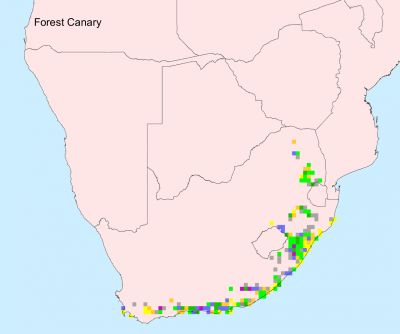
Taxonomy
There are three subspecies:
C. s. scotops the nominate ssp. from low-altitude (eastern) KwaZulu-Natal and coastal Eastern Cape, the Amatola Mountains
C. s. transvaalensis Afromontane forests of Limpopo Province and long the escarpment of Mpumalanga, breast darker and more strongly streaked than nominate
C. s. umbrosa occurring to the west of the nominate subspecies. Coastal forests of southern Western Cape and Afromontane forests of Eastern Cape, KwaZulu-Natal (>1000 m), upper parts darker green than nominate, underparts duller and eyebrow shorter.
Habitat
It generally prefers patches of indigenous forest and coastal thicket in valley bushveld, sometimes moving into adujacent dense vegetation to forage, such as tall Protea woodland, patches of tall shrubs such as Gonna (Passerina vulgaris), orchards, well-wooded gardens and alien tree plantations.
Diet
It mainly eats seeds, fruit, flowers and leaves, doing most of its foraging on the ground or in vegetation, plucking food directly from plants.
Breeding
Monogamous territorial usually solitary nester, although two nests were once recorded to be only two metres apart. The nest is built by the female, consisting of a bulk cup of moss and fine stems, lined with fibrous lichen and typically placed in the fork of a tall shrub or small tree on the forest edge. Egg-laying season is from October-March. It lays 2-4 eggs, which are incubated solely by the female for about 14 days. The chicks are fed by the female with food provided by the male, leaving the nest after about 15-19 days.
Call
Brisk warbling; contact call tsit. Listen to Bird Call.
Status
Locally common endemic.



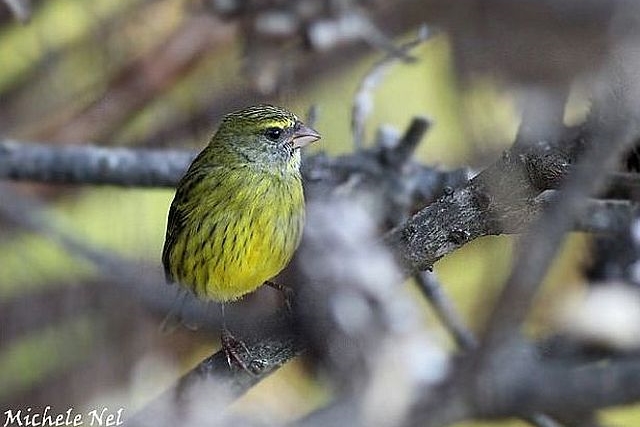 © Michele Nel
© Michele Nel © Flutterby
© Flutterby © ExFmem
© ExFmem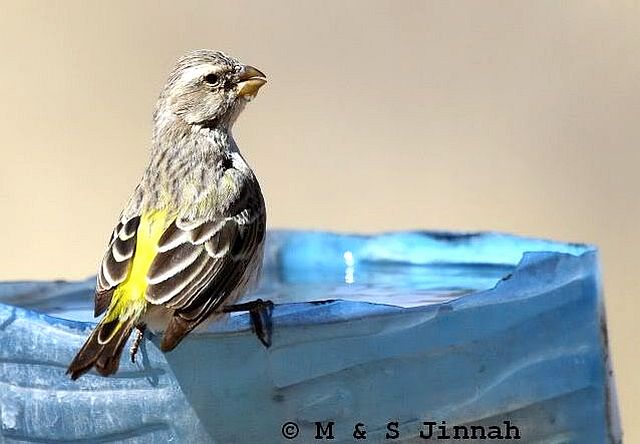 © Sharifa & Duke
© Sharifa & Duke © Michele Nel
© Michele Nel
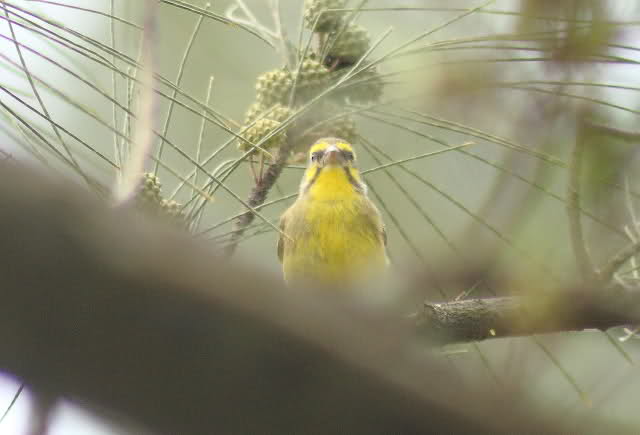
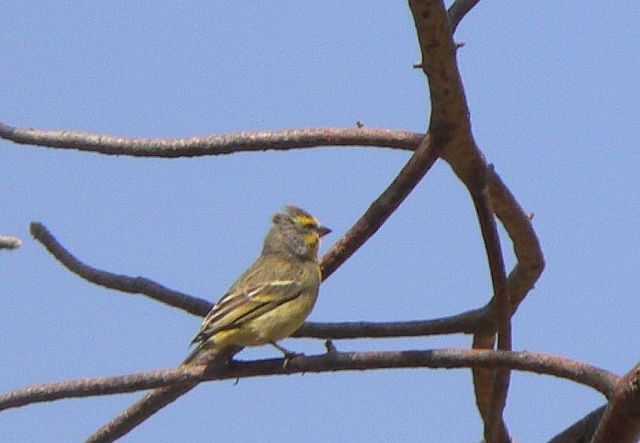 © Toko
© Toko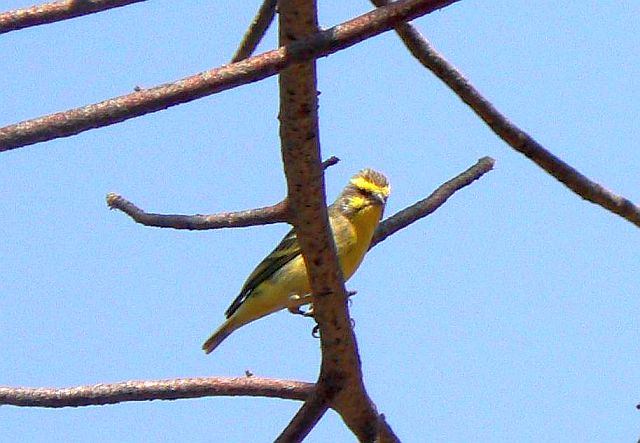 © Toko
© Toko © Dewi
© Dewi
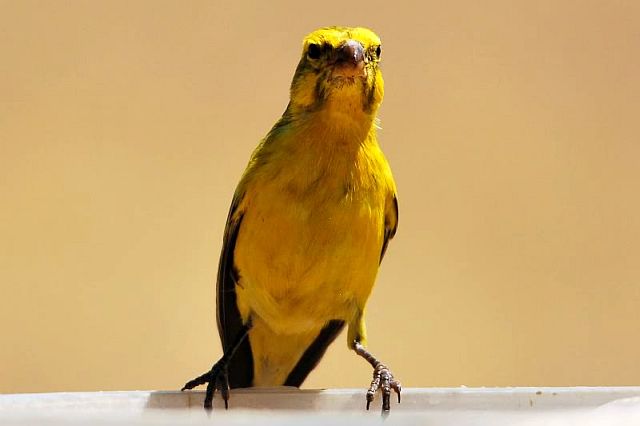
 Male
Male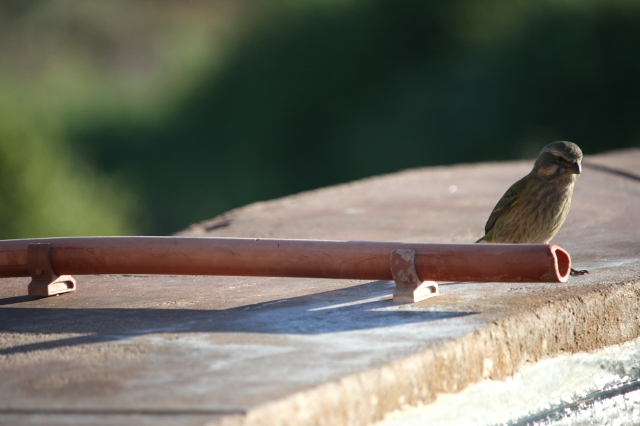 © Tina
© Tina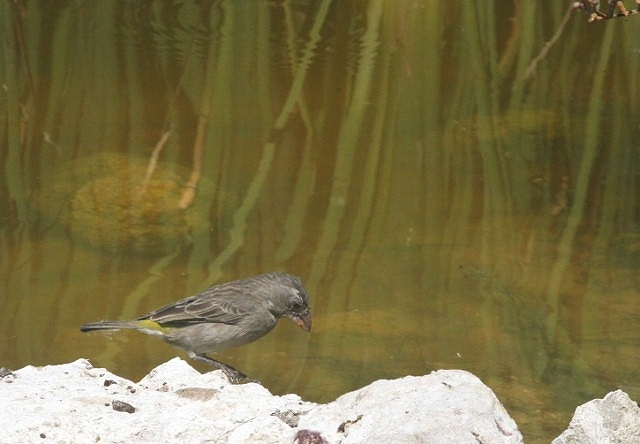 © nan
© nan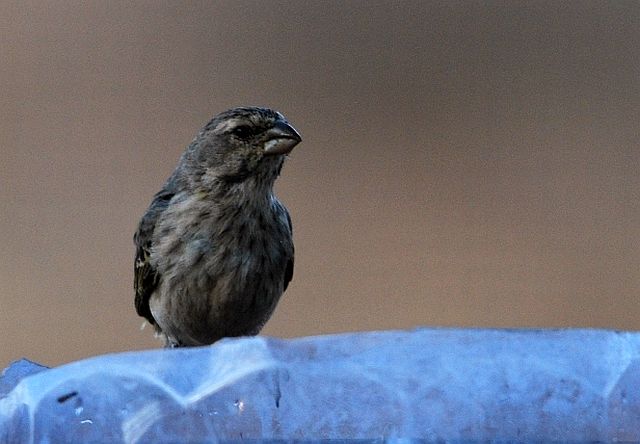 © Mel
© Mel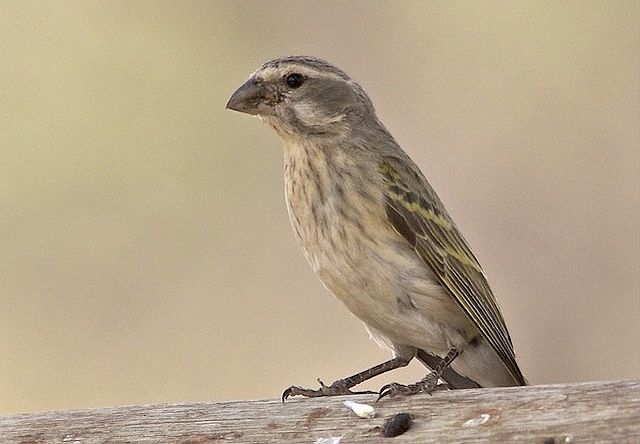 © ExFmem
© ExFmem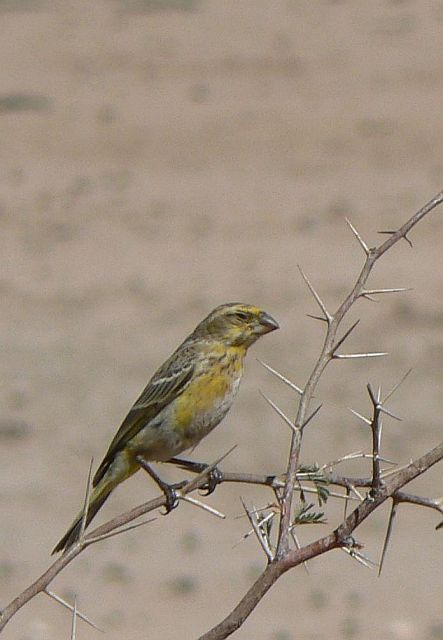 © Toko
© Toko